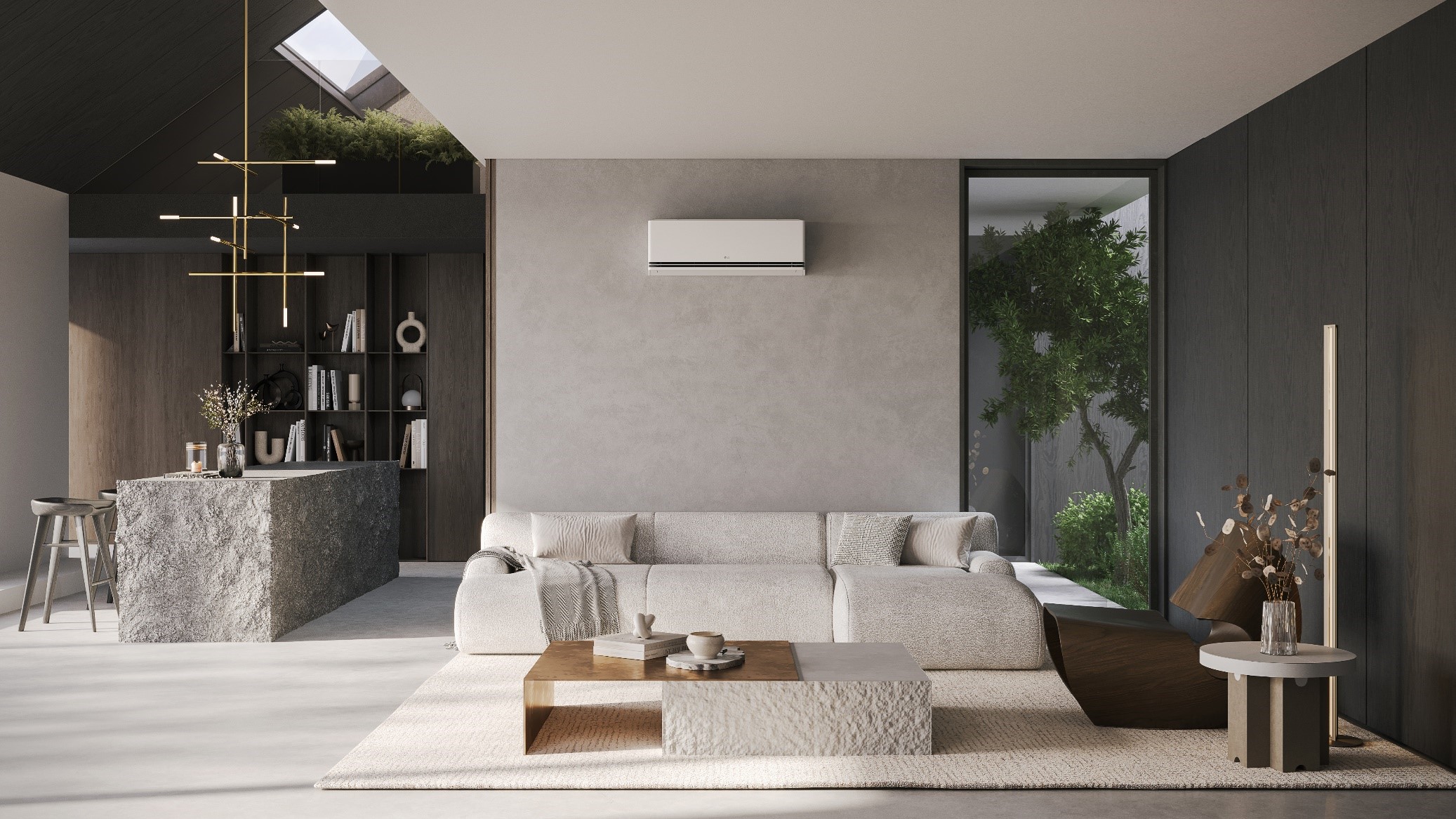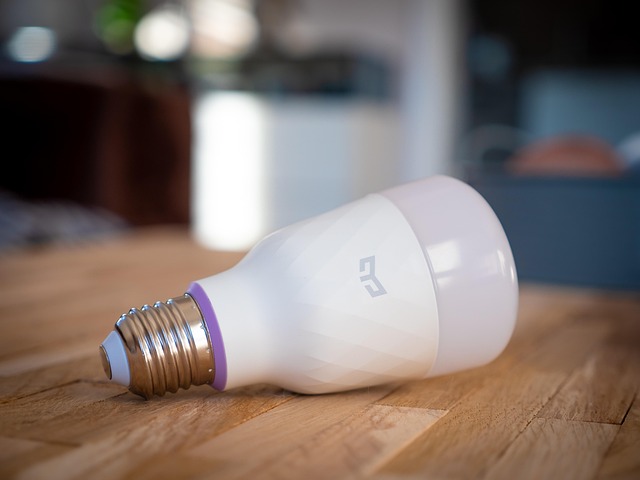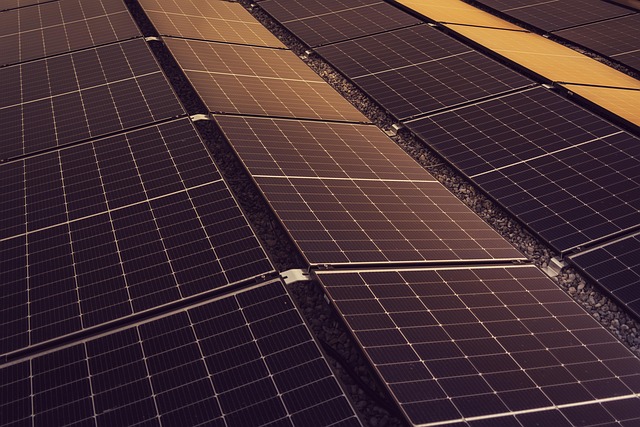As summer heatwaves sweep through, many homeowners are looking to install air conditioning in their residences. However, the type of property—be it an apartment, a brick flat, or a family home—presents various challenges. Experts from LG have outlined crucial considerations for each scenario, while popular YouTuber Handras showcased his air conditioning installation experience, revealing the hurdles he faced.
The Importance of Proper Planning
Before diving into the installation process, homeowners must gather essential information about their living space. Factors such as the size, orientation, and function of the rooms to be cooled or heated, the house’s insulation type and thickness, the materials and condition of walls and windows, and even the presence of storm shutters or solar films can influence the installation. Additionally, the location of any central air handling equipment should be considered for a comprehensive approach.
Challenges in Apartment Installations
In multi-family buildings, obtaining permission can be one of the biggest hurdles for air conditioning installation. Homeowners must consult with their property manager since the placement of an outdoor unit may require approval, especially if there is no balcony. Local heritage regulations might even prevent the installation of outdoor units on façades. Despite the technical feasibility of any solution, unique circumstances—such as installations on higher floors—can significantly increase costs.
Brick Apartments: Greater Flexibility, Aesthetic Compromises
Installing air conditioning in brick apartments is generally easier than in panel buildings. Depending on wall thickness, homeowners might find it possible to create a concealed duct setup, leading to a more aesthetically pleasing installation. However, adherence to building regulations is crucial, especially when placing units on street-facing walls. Moreover, condensation drainage must be efficiently managed by connecting it to the rainwater drainage system or using a storage container that needs regular emptying.
Family Homes: Flexibility and Complexity
In family houses, the common desire is for air conditioning units to perform both cooling and heating functions. Proper insulation and shading during summer are vital for reducing energy consumption. Almost any system—be it a mini-split (one indoor unit with one outdoor unit), multi-split (multiple indoor units with one outdoor unit), or commercial VRF systems—is feasible in these settings. When placing outdoor units, it’s advisable to select positions that face a garden rather than a neighbor’s property. Dense vegetation or solid fences can mitigate noise pollution, and professionals often recommend placing larger multi-split systems on the ground rather than mounting them on walls to avoid transmitting vibrations through the structure.
The popular YouTuber Handras recently installed a multi-split LG system at his rural home, providing solutions for summer cooling needs while also replacing aged electric underfloor heating systems in several rooms with significantly lower energy consumption.
Innovative Features of LG ThinQ
The installation process revealed challenges, particularly with condensation drainage for indoor units mounted on walls separating different rooms. A key consideration when selecting high-end air conditioning systems has been quiet operation, alongside useful features like a presence sensor that adjusts airflow directions and activates energy-saving modes upon detecting that a room is unoccupied. Another smart feature is the window-open sensor, which automatically reduces performance during ventilation.
The LG ThinQ app enables homeowners to easily monitor real-time energy consumption, control, and manage the whole system from a distance. With a combined setup of three indoor units and one outdoor unit capable of supporting additional devices in the future, the estimated daily electricity cost is only around 200 HUF. This energy-efficient approach is designed not only for summer cooling but also for reliable winter heating in an eco-friendly and cost-effective manner. (CIVILHETES)




